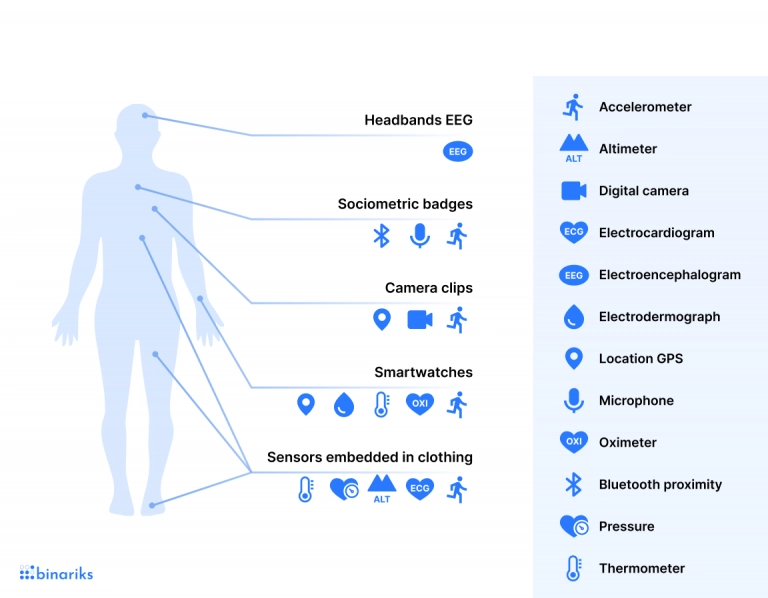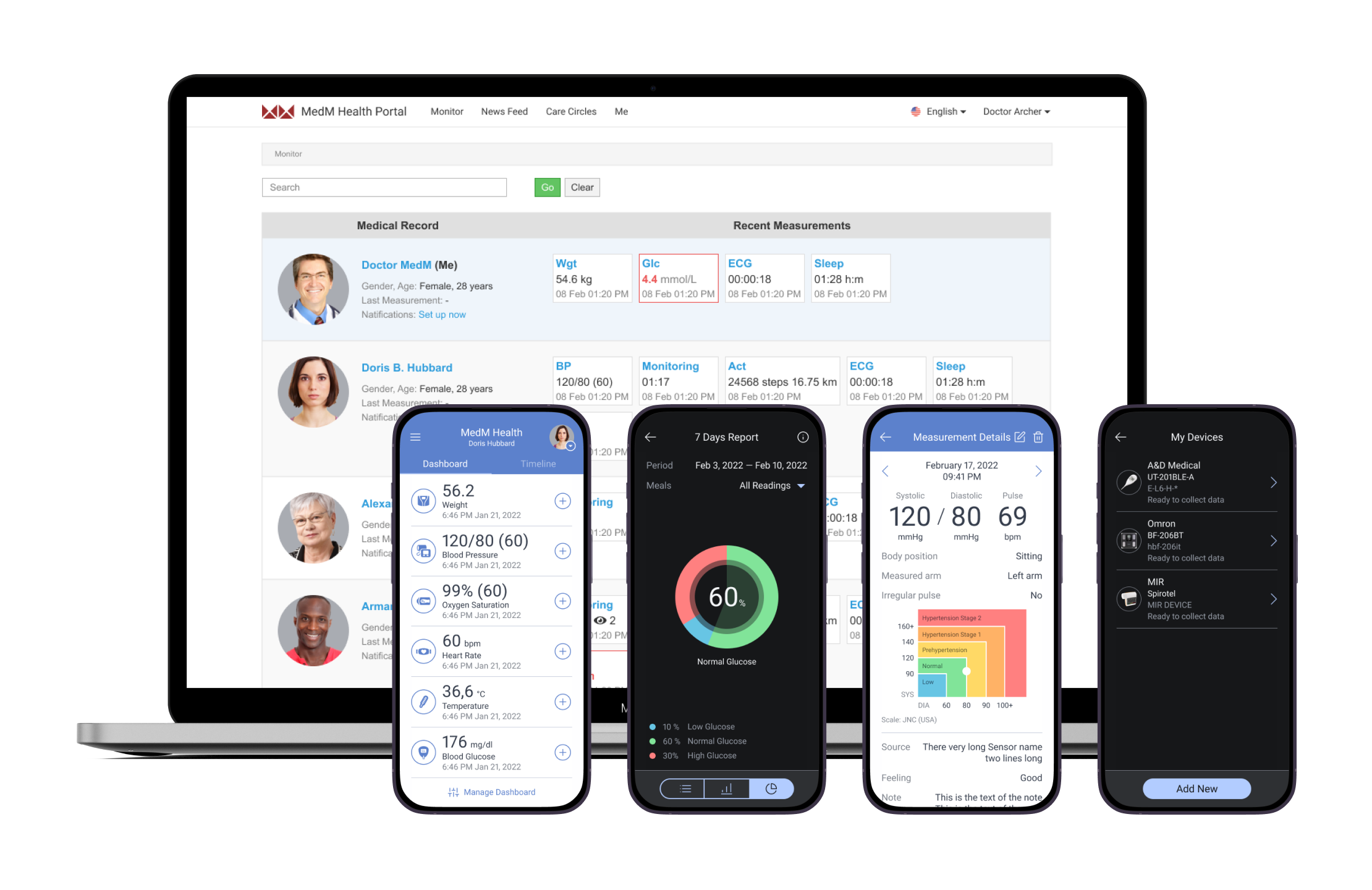Top Remote Patient Monitoring Software: Boost Healthcare Efficiency
Top Remote Patient Monitoring Software: Boost Healthcare Efficiency
Blog Article
The Future of Medical Care: Remote Patient Checking Simplified
As health care proceeds to progress, one area that holds tremendous pledge is remote patient surveillance. The principle of simplifying this procedure through technical developments is reshaping the method treatment is delivered and received. With a focus on boosting patient results and simplifying healthcare shipment, remote surveillance is poised to reinvent the sector. By discovering the advantages, technological advancements, and future trends in this field, we can get valuable insights into the transformative potential of remote client tracking.
Advantages of Remote Client Surveillance
Remote patient tracking offers a plethora of benefits for both healthcare carriers and patients alike. One significant benefit is the ability to constantly monitor individuals' essential signs and health and wellness information remotely. This real-time monitoring makes it possible for medical care carriers to find any type of concerning adjustments or patterns quickly, leading to very early interventions and possibly stopping medical emergency situations. Furthermore, remote patient surveillance enhances the total high quality of treatment by supplying a more thorough and alternative view of individuals' health standing beyond typical in-person sees.
Furthermore, remote individual surveillance can lead to improved client results and complete satisfaction. Clients can take pleasure in the ease of receiving care in the comfort of their very own homes while still recognizing that their wellness is being closely kept track of. This can cause increased patient interaction and adherence to therapy strategies, ultimately leading to much better wellness end results. Additionally, remote tracking can lower the demand for regular hospital check outs, decreasing healthcare prices for both clients and carriers. Overall, the advantages of remote patient tracking are clear, making it a useful device in modern-day healthcare delivery.
Modern Technology Driving Remote Surveillance
In the world of modern-day medical care, technical advancements play a pivotal role in driving the evolution and performance of remote individual surveillance. The assimilation of ingenious technologies such as wearable devices, mobile applications, and cloud-based platforms has transformed the method healthcare service providers remotely keep track of and manage person health and wellness - software for remote patient monitoring. These technologies make it possible for constant real-time surveillance of vital indications, medicine adherence, and other vital health data, enabling prompt treatments and individualized care plans
One secret innovation driving remote surveillance is the Internet of Things (IoT), which enables seamless connectivity in between clinical tools and healthcare systems. IoT gadgets such as smartwatches and cordless sensing units accumulate and transmit individual information to central systems, facilitating remote tracking from anywhere in the world. Man-made knowledge (AI) and equipment learning algorithms further enhance remote tracking by evaluating huge quantities of patient data to spot patterns, predict health and wellness patterns, and alert healthcare carriers to possible concerns.
Influence on Medical Care Distribution
With the assimilation of innovative modern technologies driving remote individual tracking, the effect on health care shipment is becoming increasingly profound and transformative. Remote individual tracking enables doctor to provide more personalized and aggressive treatment to individuals, causing boosted health and wellness end results and lowered health center admissions. By from another location tracking crucial indications, symptoms, and medicine adherence, medical care specialists can interfere early, stopping issues and enhancing the overall top quality of care.
Furthermore, remote monitoring enhances accessibility to medical care services, particularly for people in country or underserved areas. Patients can get constant monitoring and assistance from their homes, eliminating the demand for regular in-person gos to. This not just saves time and decreases prices for both clients and healthcare centers however also decreases the danger of direct exposure to contagious conditions, a vital consideration in the existing healthcare landscape.
In addition, remote individual tracking makes it possible for doctor to far better allocate resources and focus on treatment based upon real-time data. By recognizing high-risk individuals and interfering quickly, health care distribution ends up being extra effective and effective, inevitably leading to a much more lasting and patient-centered medical care system.
Improving Individual End Results

Furthermore, RPM allows for proactive management of persistent problems, minimizing the probability of severe worsenings and health center readmissions. Individuals gain from enhanced convenience and comfort, as they can obtain treatment in their own homes while remaining attached to their health care carriers. This continual tracking not only boosts person fulfillment however also cultivates a sense of empowerment and engagement in their very own health and wellness management.
Future Trends in Remote Monitoring
Welcoming innovative technologies in remote person surveillance is shaping the future landscape of medical care shipment. The future trends site in remote surveillance are expected to revolutionize the means health care is provided, making it a lot more efficient and patient-centric. One considerable fad is the boosted use wearable gadgets and sensors to gather real-time data, allowing healthcare suppliers to monitor individuals continuously without the requirement for frequent in-person sees. These devices can track crucial indicators, medicine adherence, and task levels, supplying a comprehensive sight of the patient's health and wellness standing.

In addition, telehealth platforms are coming to be much more innovative, enabling for digital examinations, remote diagnosis, and remote person keeping track of done in one incorporated system (best remote patient monitoring software). This holistic method to remote surveillance is improving medical care delivery, improving client complete satisfaction, and inevitably, boosting overall quality of treatment
Conclusion
In conclusion, remote client tracking uses many benefits in medical care delivery, driven by advancements in innovation. It has the potential to enhance client results and reinvent the More about the author means medical care is supplied. Future fads in remote surveillance will certainly proceed to shape the landscape of healthcare, giving chances for even more reliable and customized person care.
Remote client monitoring presents a wide variety of benefits for both health care service providers and patients alike. Additionally, remote individual surveillance improves the general quality of treatment by giving a much more alternative and extensive sight of individuals' health standing beyond typical in-person visits.
In addition, remote client monitoring can lead to enhanced patient end results and complete satisfaction. Remote patient surveillance allows medical care companies to supply more aggressive and individualized treatment to clients, leading to boosted health end results and reduced find out healthcare facility admissions. Remote patient tracking (RPM) plays a substantial function in boosting patient results by giving continuous, real-time data that makes it possible for healthcare companies to interfere promptly and change therapy plans as needed.
Report this page